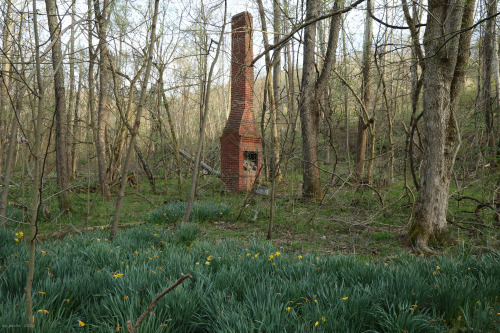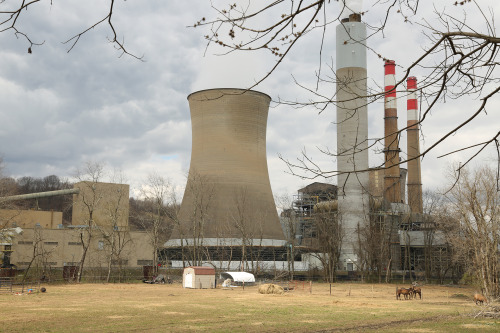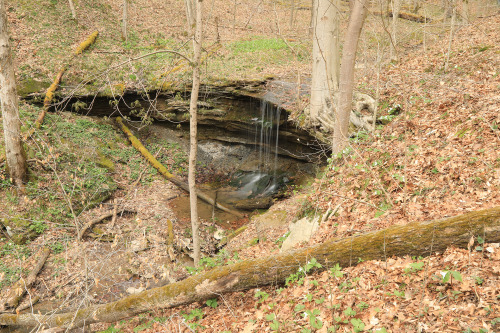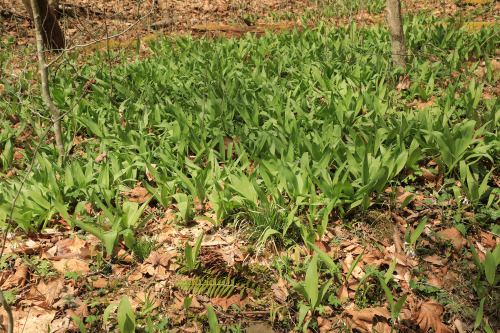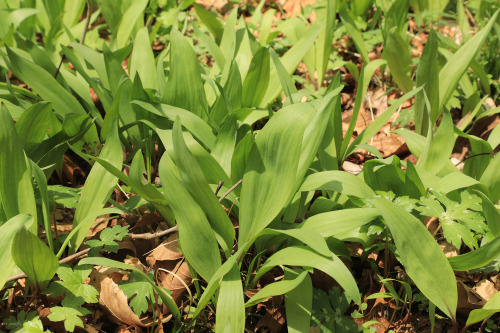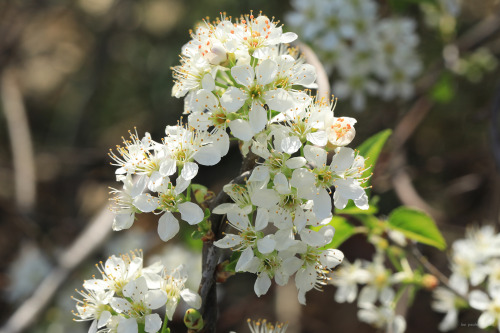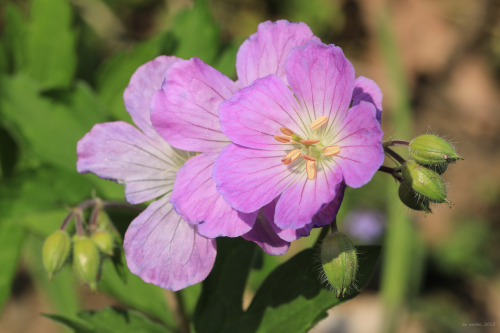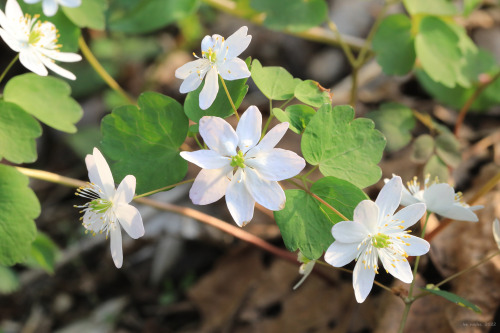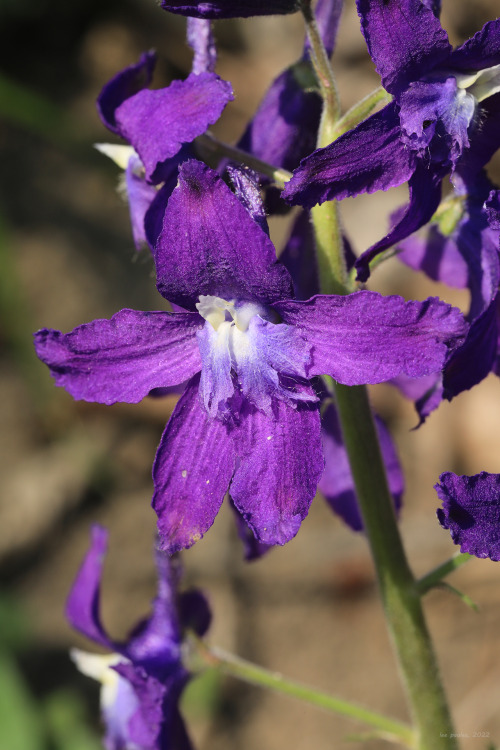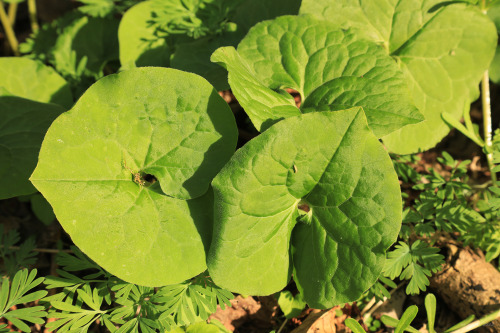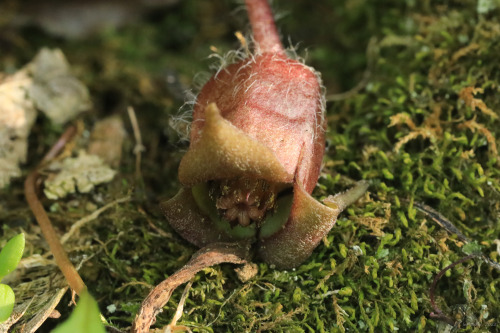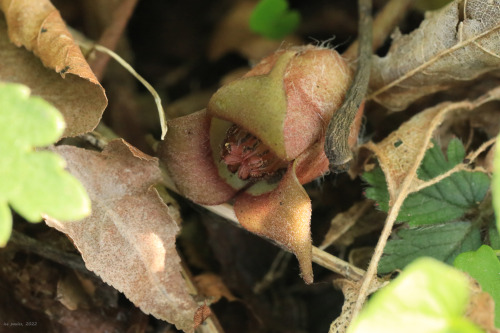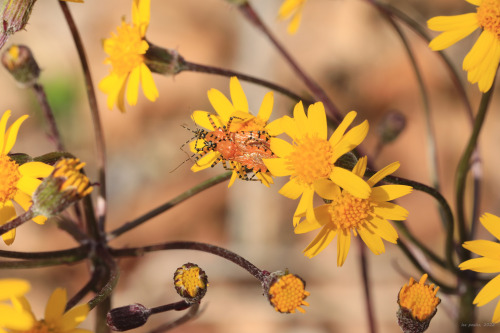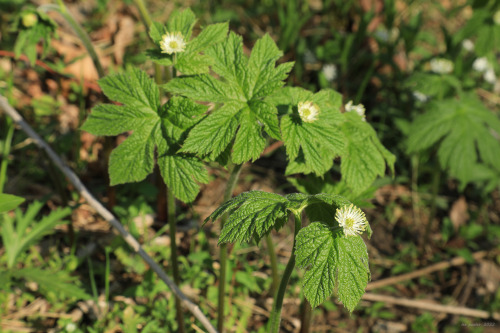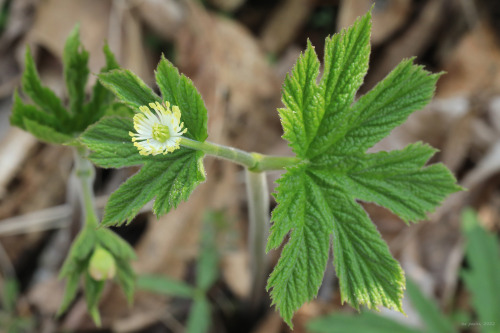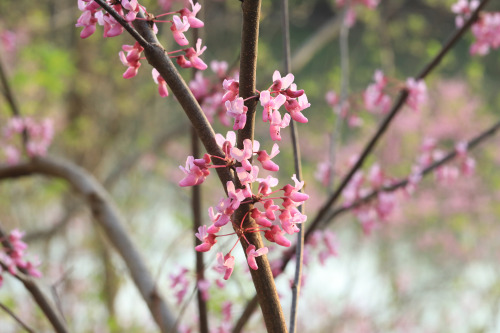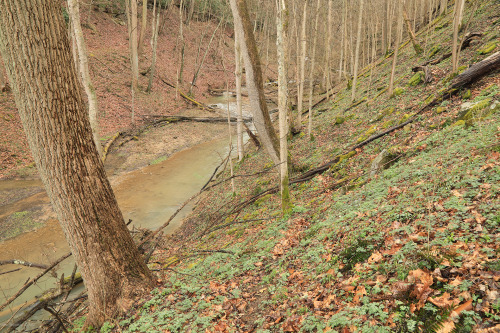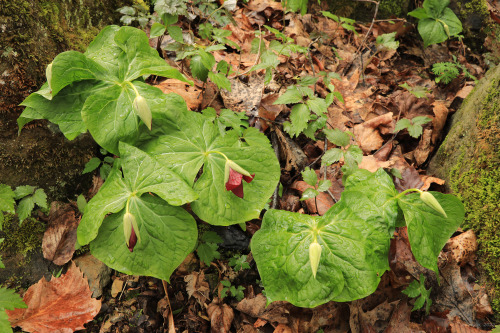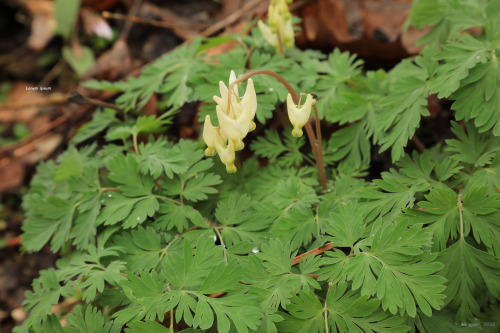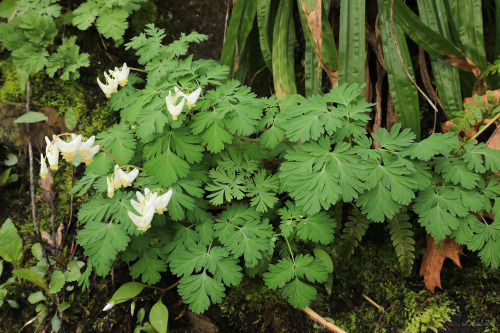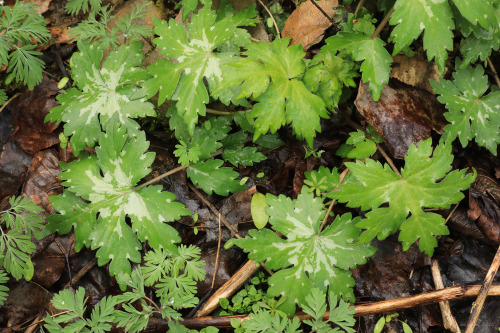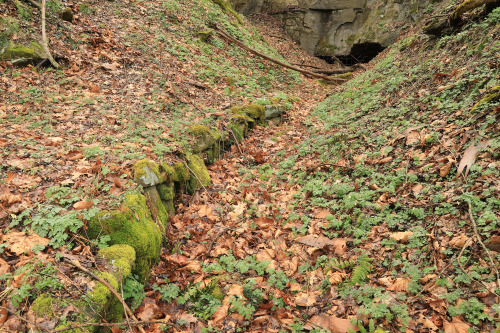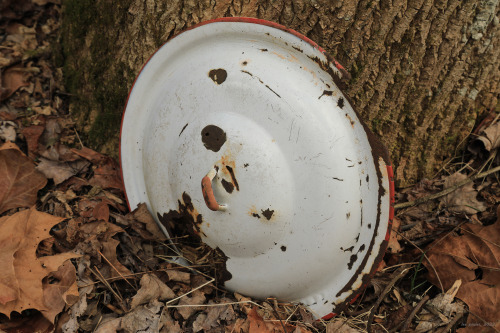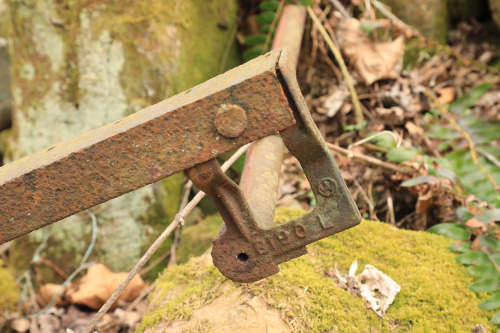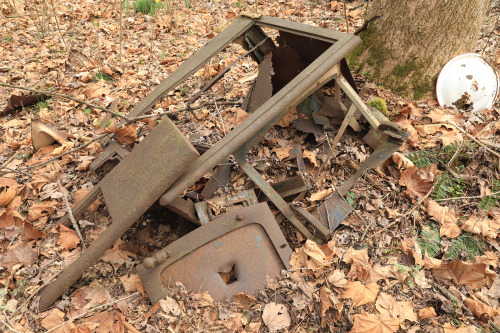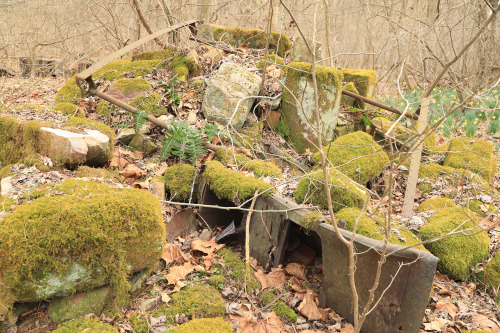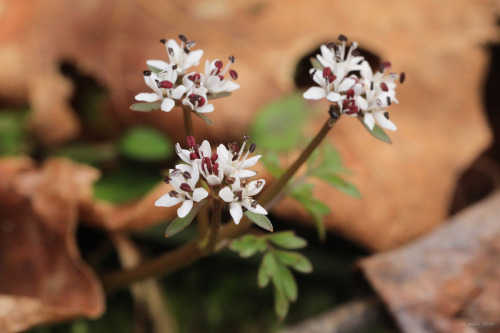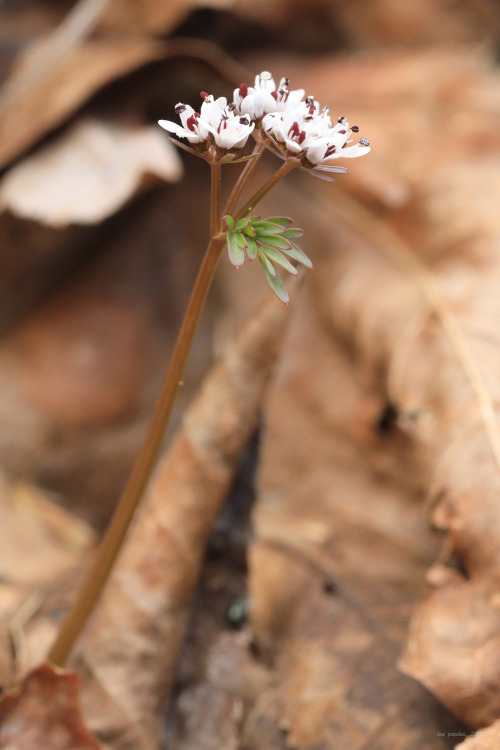#mon river trail
“We build our legacy piece by piece, and maybe the whole world will remember you or maybe just a couple of people, but you do what you can to make sure you’re still around after you’re gone.”
- David Lowery
Post link
Repost from a few year back. This photo always makes me feel an odd sense of displacement. The power plant isn’t winning this fight, you see. The horses and the alpacas are. They’re slowing encroaching on this shitpile of fuming fossil emissions with a cunning plan and will someday - when no one is suspecting - kick it all down. I’m rooting for them.
Post link
April in an Appalachian forest.
From top: ramp (Allium tricoccum); pin cherry (Prunus pensylvanica), also known as bird cherry and fire cherry; squirrel corn (Dicentra canadensis); yellow trout lily (Erythronium americanum); wild geranium (Geranium maculatum); rue anemone (Thalictrum thalictroides); and dwarf larkspur (Delphinium tricorne).
Post link
Wild ginger (Asarum canadense) is an Appalachian native with a secret to tell. This unusual perennial has more going for it than its attractive, heart-shaped leaves, which clump together in dense colonies in the understories of rich, mesic forests. In early spring, the plant produces a ground-hugging flower that mimics the look and odor of the rotting carcass of a dead animal. Newly-emerged gnats and flies in search of an easy meal are attracted to the hairy, morbid-looking blossom, which they enter and pollinate. But you’ll miss this amazing act of mimicry unless you get on your hands and knees and gently push back the plant’s softly-pubescent leaves to reveal the flowers underneath. As an aside, wild ginger isn’t closely related to real ginger (Zingiber officinale), although Native Americans and early settlers used its dried and powdered root as a spice. The practice is discouraged nowadays because the plant is known to contain poisonous compounds. Culinary attributes aside, it makes a lovely ground cover in native wildflower gardens.
Post link
A pair of orange assassin bugs (Pselliopus barberi) enjoy a spring fling among the golden ragwort (Packera aurea) blossoms. Despite an overhyped reputation for biting people (the wheel bug being the primary culprit), these fascinating insects don’t typically bite unless provoked or mishandled and are extremely valuable for pest control. So please, by all means, screw away in the lovely spring sunshine and deliver us a new generation of pest-killing ninjas.
Post link
Goldenseal (Hydrastis canadensis), is one of Appalachia’s most storied medicinal plants, having been used by Native Americans as a bitter tonic to treat digestive and liver problems and more recently by mountain folk as an insect repellent, throat gargle, and topical treatment for cuts and abrasions. Nonetheless, this fragile and beautiful perennial has been overharvested throughout much of its range, and mountaintop removal in the plant’s core habitat in Central Appalachia has decimated its populations. Goldenseal should never be harvested from the wild. Instead, it can be propagated from seed or rhizome cuttings available from reputable plant nurseries. Nowadays, finding this member of the buttercup family in the wild is a real treat. For those interested in learning more, goldenseal has one of the most fascinating lifecycles of any of our native plants, as describedhere.
Post link
A week and a half into April and despite a cold snap, the first wave of spring ephemerals is making a hard push along the Mon River Trail. Even when striking demure poses under a cold spring rain, these short-lived beauties put on a memorable show. Among the early arrivals are: Carolina spring beauty (Claytonia caroliniana), which has broader leaves than its close relative, Virginia spring beauty (Claytonia virginica); purple trillium (Trillium erectum), also known as wake robin, a gorgeous stinker pollinated by carrion flies and beetles; Dutchman’s breeches (Dicentra cucullaria), also known as little blue staggers, whose narcotic properties are known to cause grazers to stagger drunkenly after nibbling on them; great white trillium (Trillium grandiflorum), which when left undisturbed forms enormous drifts on Appalachia’s rich, well-drained slopes; and bluntleaf waterleaf (Hydrophyllum canadense), also known as mapleleaf waterleaf, a stunningly-patterned and increasingly rare perennial of moist, rich soils.
Field Notes:
1. I have a real fondness for the waterleafs, whose ornately-patterned foliage and tolerance for moist soils make them well-suited for poorly-drained spots in native wildflower gardens. Bluntleaf waterleaf is my favorite, however. The plant’s distinctive watermark, a distinguishing feature that gives the waterleafs their common name, is particularly striking in early spring - a vivid and evocative Rorschach test courtesy of nature.
Post link
“That though the radiance which was once so bright be now forever taken from my sight. Though nothing can bring back the hour of splendor in the grass, glory in the flower. We will grieve not, rather find strength in what remains behind.”
- William Wordsworth
Post link
Although the spring equinox in the northern hemisphere doesn’t occur until Sunday (3/20), the first wildflower of Appalachia’s rich, mesic woods is already out in force. Harbinger of Spring (Erigenia bulbosa), also known as pepper and salt, is a small and fragile perennial, easy to overlook in the leaf debris of the forest floor. But for those who’ve grown up in Appalachia’s woods, the plant’s compound umbels of white flowers with dark red anthers are symbolic of the turning of the tide and a new beginning. The world is reawakening from its deep sleep, and the first wave of spring ephemerals is on its way.
Post link

